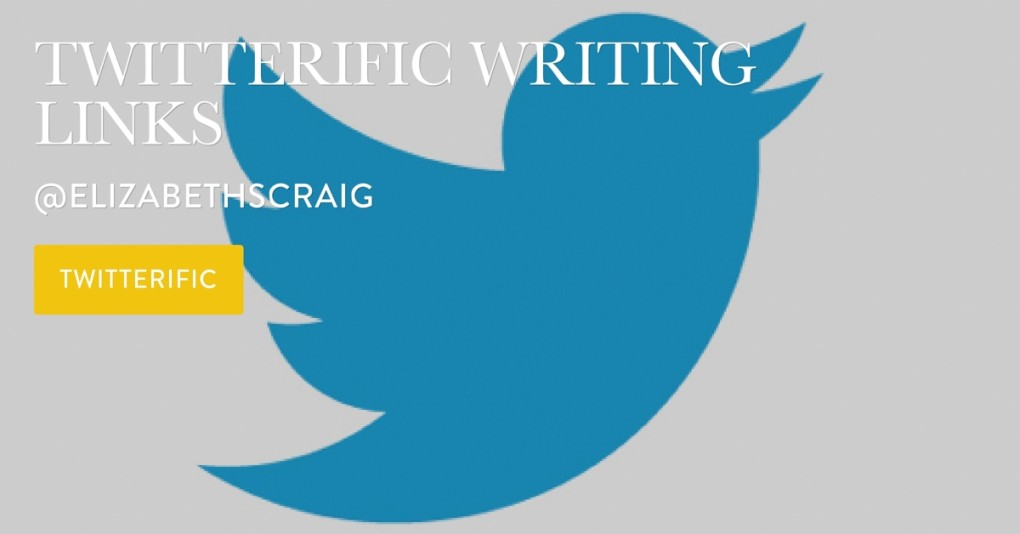
by Elizabeth S. Craig, @elizabethscraig
From time to time I’ll read about authors whose series were dropped by their publisher for one reason or another (this may be happening more frequently now as times are tight at publishing companies). Some of them will get their character rights back and continue these series and some will decide to start others.
I’ve continued the two series that I could get rights back on. One had only one traditionally-published book (book one of the Myrtle Clover series) and one had five trade-published books in the series (one through five of the Southern Quilting mysteries).
Although I’ve run into challenges along the way, I’ve never regretted taking either series to traditional publishing.
For one thing, traditional publishing had given me something of a springboard. At the time both series were started, physical bookstores were more important for a book’s visibility. I started out with a fairly strong readership to build on and readers who asked for more books in both series.
It’s also much easier to continue a series than it is to create one from scratch. Most of the work is already done for you in terms of worldbuilding and character creation.
The only real negatives I encountered were my inability to have the first book in the series as a perma-free (which I countered by making another book in the series perma-free…my books don’t need to be read in order), and the inability to include the books in a bundle/box set (which I countered by simply skipping the books I didn’t have rights to…you could choose to create prequels and a bundle for those, instead).
I read an article mystery writer Joanna Campbell Slan wrote with some interest: “Never Give Up on Getting Back Your Rights.” In it, she quotes a veteran writer as having told her that she was only making money for the trad-publishers by self-publishing the rest of her series. To me, I used them as much as they used me. In Joanna’s case, her persistence in getting her rights reverted paid off.
Joanna goes on to talk about continuing the process of requesting rights:
If you’re in the same situation as I was, don’t give up. Your fans will stick with you. Your publisher might not be willing to give up your rights today, but there’s always tomorrow. Keep asking. Ask politely. Ask repeatedly. Stay in touch with your readers. Make a plan, and stick to it.
I agree with her advice. I’ve been rejected sometimes, but sometimes I’ve gotten partial rights back. If you need help understanding the terms of your original contract, there’s a PDF available from Authors Alliance (and Berkeley Law).
I write more on how I wrote to request rights reversion in this post from last August.
Have you continued a discontinued trad-pubbed series? What challenges have you encountered?
Photo on Visual hunt





